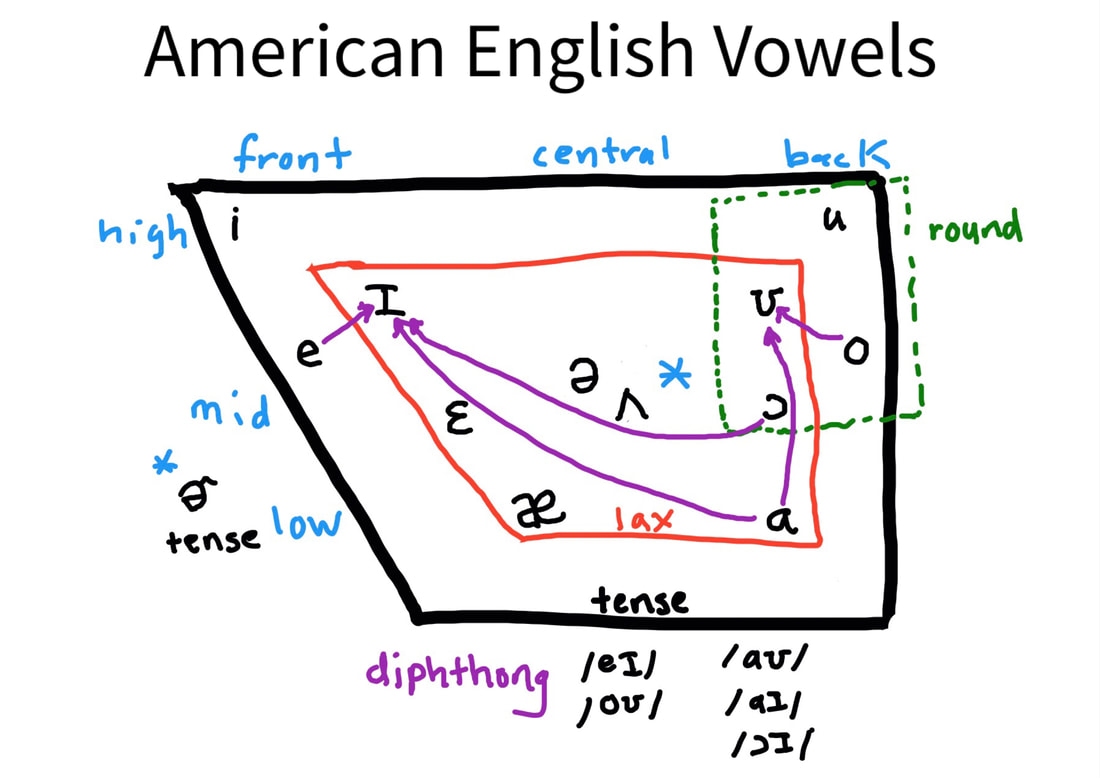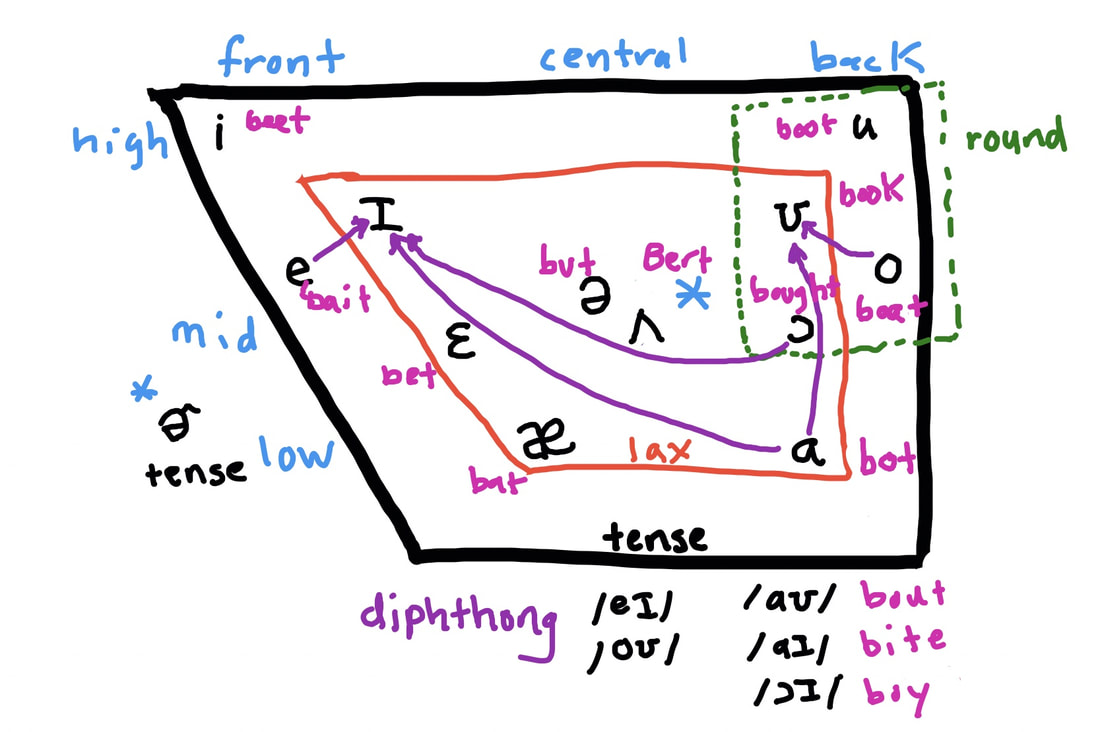|
When we speak English fluently, we often link between words. There are many types of linking. We addressed consonant to consonant linking here. Now we will turn to consonant to vowel linking.
Listen to the phrases below. First they are pronounced separately, then linked. Practice running the words together for a more natural, American-sounding pronunciation. Special note: when the sound “t” is linked to a vowel, it becomes a “d” sound. So “it is” sounds more like “ih diz.”
For more practice recordings, consider purchasing a subscription to our full online practice site.
0 Comments
When we speak English fluently, we often link between words. There are many types of linking. We will address consonant to consonant linking first. When the consonant sound at the end of a word is the same sound that starts the next word, we pronounce the consonant only once if it is a continuant sound. Continuants can be held, like s can be held out: sssssssss. Stopped sounds cannot be held, for example p cannot be drawn out to ppppp. Continuant consonants include f, v, s, z, th, sh, m, n, l and r.
These are not run together as one word so much as there is not a distinct stop to the ending consonant and start of the beginning consonant. When the ending consonant is a stopped consonant, we also link to the next consonant, but instead of continuing the sound into the next sound, we stop the consonant and don’t release the air. So when we say the word “stop” by itself, the p has a puff of air following it. When we say the phrase “stop that,” we stop our p sound but don’t release the puff of air. You can listen to the recordings of the examples to hear these phrases unlinked and linked. Stopped consonants include: p, b, t, d, k, g
For more practice recordings, consider purchasing a subscription to our full online practice site.
One aspect all accents share is a tendency to make errors when pronouncing American English vowels. The patterns of pronunciation are influenced by the vowel system in your native language. Vowels are especially difficult due to the fact that the letters we use to represent vowel sounds are inconsistent and do not provide us with a means for describing the sounds. A useful way to gain understanding of American English vowels is to look at how they are formed in the mouth. The position of the tongue, both front-to-back and high-to-low, is the primary factor in vowel shaping. In addition, we use rounded or non-rounded lips, and tense or lax lip and facial muscles. The chart below shows these elements for each of the vowel sounds. Click on the symbols to hear the vowel sounds. In the top left corner of the chart, we find /i/, or "Vowel ee," as in eat. This vowel has tense lips, a high front tongue and no lip rounding. Notice that /ɪ/, "Vowel ɪ," as in it, also has a high front tongue, but is slightly lower and further back than vowel ee. The lips and face are more relaxed (less of a smile) for this sound. Because they are made in a similar way and sound similar, many people substitute vowel ee for vowel ɪ. Their native language may not contain vowel ɪ, and vowel ee is the closest vowel. You can read more about producing these two sounds here, and watch a video. You can practice words with these sounds using free online audio recordings here. The diagram above uses IPA symbols to represent the sounds. This website uses a combination of IPA symbols and our own naming system for the vowel sounds. Below is a list of the vowels, their IPA symbol and name, and example words and spellings. Click on the IPA symbol or vowel name to hear the vowel sound and a sample word. For more examples of common words with these vowels and recordings to practice, check out our online courses.
In addition to these single vowel sounds, or monophthongs, we also slide from one vowel to the next in some words. These 2-vowel slides are called diphthongs, and are represented in the graphic below by the arrows pointing from the first vowel in the slide to the second. Also included here are words with each of the vowels. You can listen to these vowels below.
When you are working on your improving your American English, you may notice that Americans frequently use idioms, or expressions that mean something other than their literal meaning. Using idioms to express yourself can make your speech sound more naturally American. Here are some common idioms and their meaning. You can listen to the recording and practice your pronunciation while you learn some new expressions.
|
Categories
All
Archives
May 2024
Have Questions?
Get A Free Consultation We offer a free 30-minute phone consultation. Schedule yours now. |




 RSS Feed
RSS Feed

